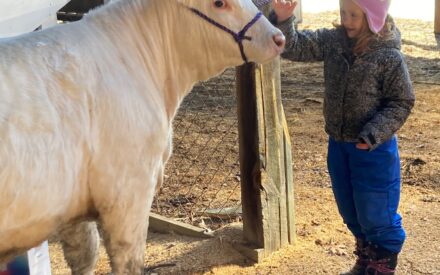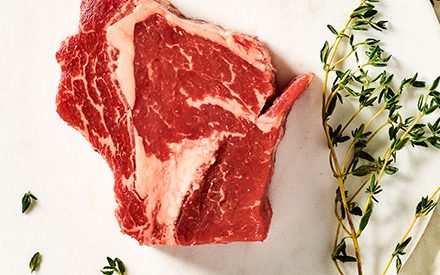Wisconsin’s beef cattle and calves represent the state’s second- largest agricultural commodity with $1.7 billion in cash receipts. Even though the industry is large and remains viable, market volatility has increased the need for management decisions that increase animal efficiencies, improve production, and allow beef producers to remain economically viable.
Breeding decisions are the first decision that is made with an end goal of producing a fast-growing, efficient beef animal. Once born, the way calves are handled and cared for sets the stage for that animal’s health and growth long-term. Once a calf is off to a healthy start, focus shifts to ensuring feed efficiency as the highest input cost for beef producers is feed. Nutritional concerns are not the only management decisions producers make that influence the beef animal – health is also a large concern which leads to management decisions surrounding biosecurity.
“I really enjoyed the meeting! It showed a thorough program to better understand and challenge what producers do.”
Animal nutritionist reflects on a webinar
Empowering Farmers to Innovatively Manage
Beef producers are not the only producers breeding animals that enter directly into the beef industry. Wisconsin dairy farmers are continually becoming more efficient, which means dairy farmers do not need as many heifer replacements to maintain a viable herd. This has caused dairy farmers to breed a portion of their herd to beef sires, producing a crossbred calf that will enter directly into the beef industry. These animals also need to be developed with careful breeding decisions along with being provided calf care by the dairy before leaving to be raised in a feedlot.
In response to Wisconsin beef and dairy producers’ need for efficient and productive beef management decisions, Extension educators developed and delivered programming surrounding management decisions. Extension educators used a blended outreach approach, which included virtual programs, budget tools, popular press articles, and in-person events.
These outreach activities helped producers address concerns regarding management decisions that promote animal production and efficiency while also reducing the cost to raise an animal for human consumption.
Over 550 Wisconsin beef producers and/or agribusiness professionals representing over 6,000 head of cattle attended live educational events and/or reviewed the recorded content to learn more about breeding decisions, neonatal calf care, feeding strategies, biosecurity measures, and more.
Using Research to Ensure Economic Vitality
Reflective evaluation data was challenging to capture as many attendees chose not to participate in virtual evaluation methods. Based on our limited findings, we know producers are willing to make changes to beef heifer management that will likely lead to economic benefits for the producer along with increasing lifelong herd longevity of the heifer. Additionally, we know dairy producers plan to make changes to their beef sire selection strategies due to attending educational programming.
When beef producers have access to on-farm research, producers will better understand issues related to maintaining economic viability while raising a wholesome and nutritious product for consumers throughout the United States. Increased economic sustainability of beef producers could also lead to dollars spent locally through farm labor employment and purchasing supplies.
Download Article

 Livestock Biosecurity to Prevent Disease
Livestock Biosecurity to Prevent Disease Preparing Youth for Community Leadership
Preparing Youth for Community Leadership Wisconsin Cranberries: Supporting a billion-dollar industry
Wisconsin Cranberries: Supporting a billion-dollar industry Helping beef producers ensure their commitment to producing high quality, wholesome and safe food
Helping beef producers ensure their commitment to producing high quality, wholesome and safe food


